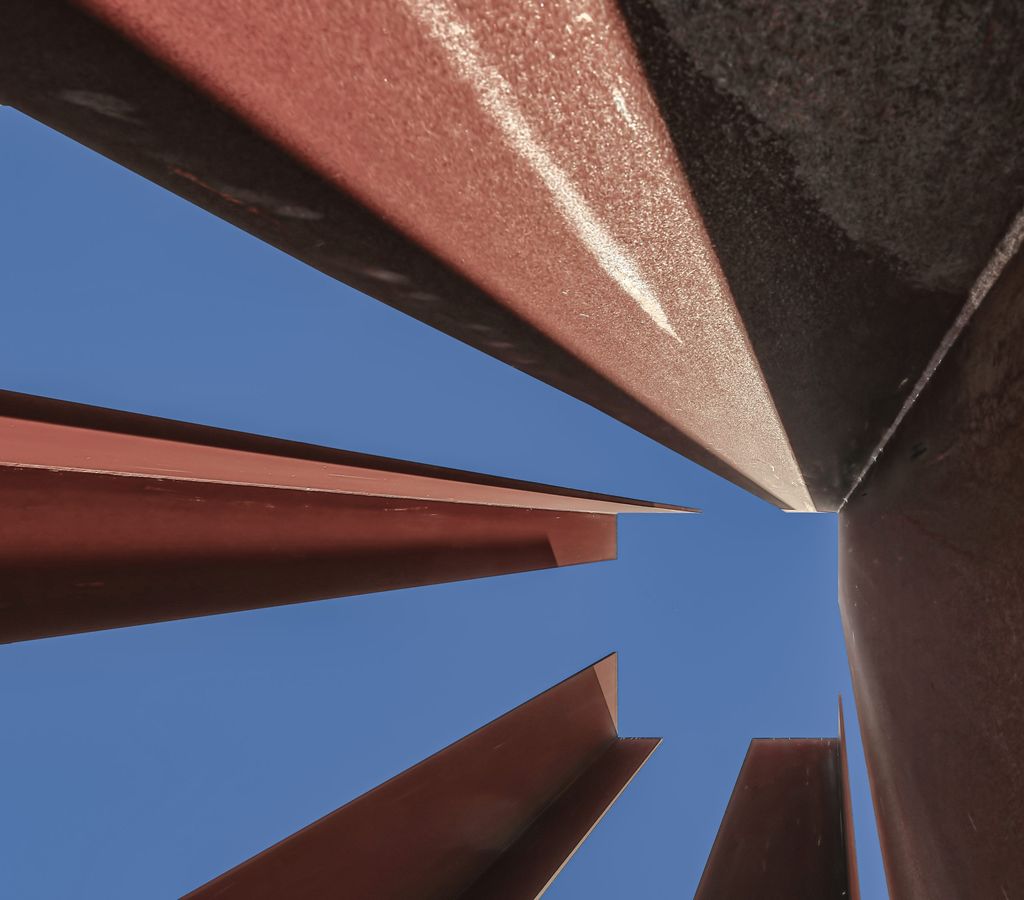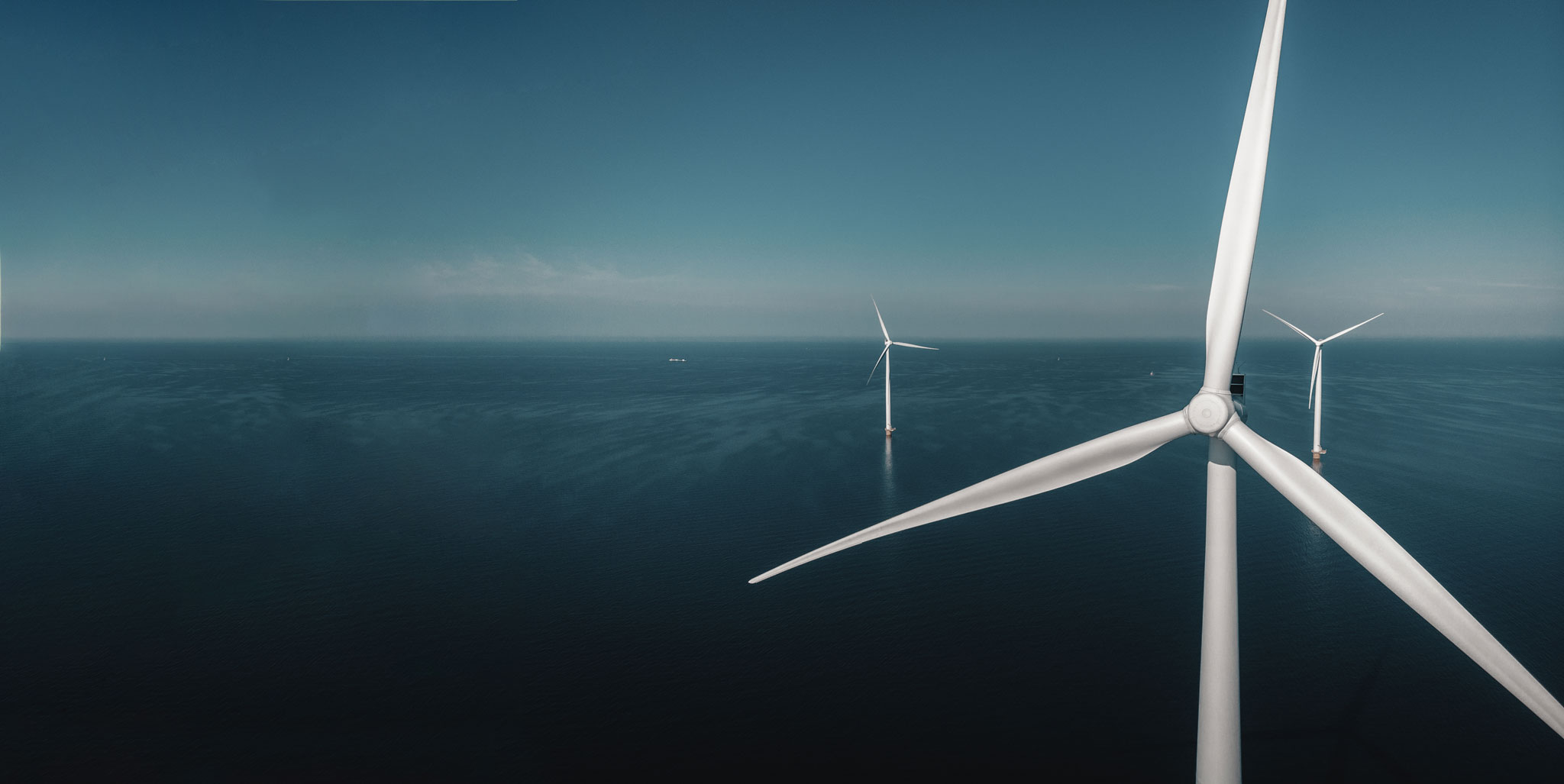Main navigation
Specially designed for you, this tool will help you estimate, step by step, the thickness of the coating to apply and the quantity fo wire to use in all your projects, whichever corrosion classes you work with and the type of wire selected.

* The figure given above is purely theoretical and is given for information only. It therefore does not engage Zinacor S.A. in any way. In practice, you will have to take into account many technical, design and human factors that will increase the quantity to be used.
Get in touch helps us to understand you better
Rue de Chênée 53 (entrée B)
B-4031 Angleur- Belgique
Telephone +3243666471
Get in touch helps us to understand you better
- ISO 2063 Standard
-
Which are the different corrosion classes
Which are the different corrosion classes

As per the ISO 12944-2:2017 standard
- C1 – very low
- Heated buildings with healthy atmosphere. E.g.: offices, shops, schools, hotels.
- C2 – low
- Atmosphere with a low pollution level. E.g.: rural areas.
- Non-heated buildings with possible occurrence of condensation. E.g.: depots, sports halls.
- C3 – medium
- Urban and industrial atmospheres, moderate sulphur dioxide pollution. E.g.: coastal area with low salinity.
- Production rooms with high humidity and some air pollution. E.g.: breweries, laundries, food-processing plants.
- C4 – high
- Industrial areas and coastal areas with moderate salinity. E.g.: chemical plants, swimming pools.
- C5 – very high
- Industrial areas and coastal areas with high humidity and aggressive atmosphere, coastal areas with high salinity.
- Buildings or areas with almost permanent condensation and high pollution.
- CX – extreme
- Offshore areas with high salinity and industrial areas with extreme humidity, aggressive atmosphere and sub-tropical and tropical atmospheres.
- Industrial areas with extreme humidity and aggressive atmosphere.
- Im1 – immersion in fresh water
- Structures in rivers (dams), hydroelectric power stations.
- Im2 – immersion in sea or brackish water without cathodic protection
- Immersed structures without cathodic protection. E.g.: port zones with structures. E.g.: lock valves, landing stages.
- Im3 – burial in soil
- Cisterns buried in the ground, pipes and steel piles.
- Im4 – immersion in sea or brackish water with cathodic protection
- Structures immersed into water, with cathodic protection. E.g.: offshore structures
Technical advices
Contact


We use cookies to improve your online experience.
For more information, visit our privacy policy


